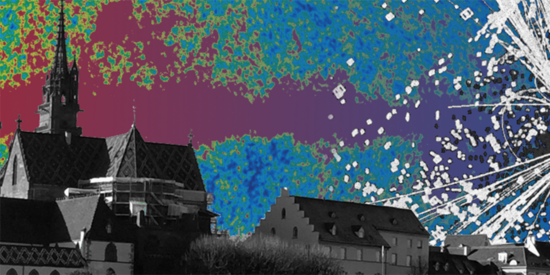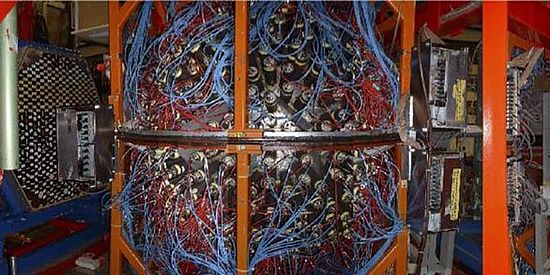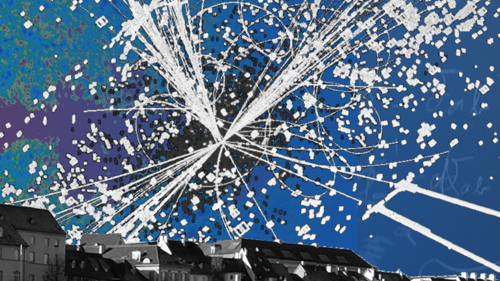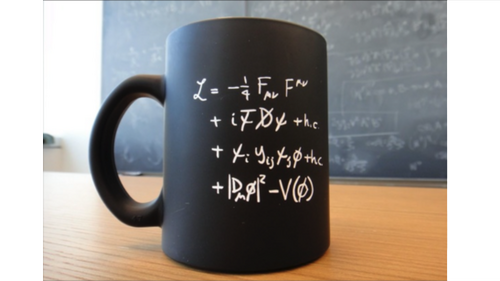Cosmology and Particle Physics
Quarks, stars, Higgs bosons: the beginning of the universe.Cosmology and particle physics are closely connected and quantum physics can describe them on different energy scales: i.e. quantum fluctuations originating from the early phase of the universe are the seed for the formation of density fluctuations in the universe from which galaxies and stars emerged.
The current elementary particle theory, the so-called «Standard Model», is based on quantum physics and explains the masses of elementary particles through the «Higgs Mechanism». It also describes how protons and neutrons originate from quarks through the «strong interaction».
The countless riddles in cosmology lead to fascinating research fields examining questions like: Where does the matter-antimatter-asymmetry – a precondition to the occurence of the matter in the universe we are made of – originate from? What is the nature of «dark matter» and «dark energy»?
In order to find answers to these questions, we are developing the current «Standard Model» further in multiple directions. The questions are also linked to the understanding of the building blocks of matter: Is supersymmetry realised in nature? Are quarks divisible? How can gravity be incorporated into the «Standard Model» as a quantum theory? Our ultimate goal is to develop a unified theory of all elementary forces.
Quick Links




